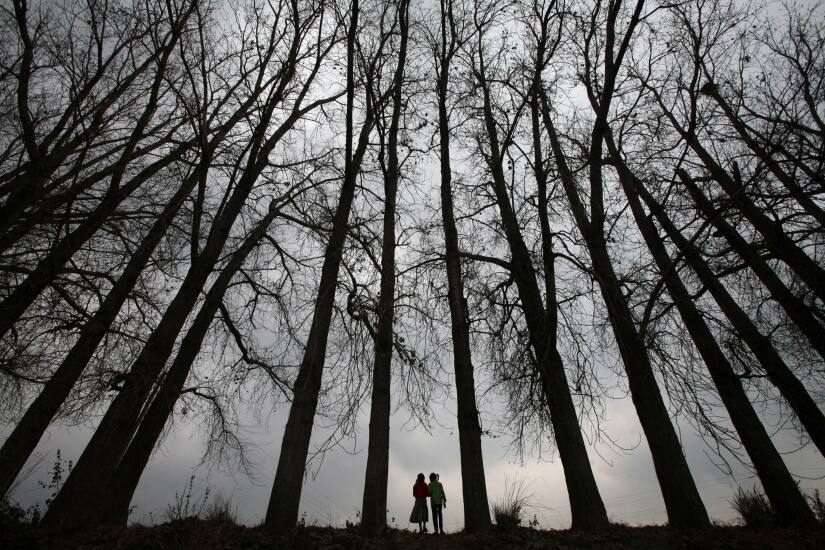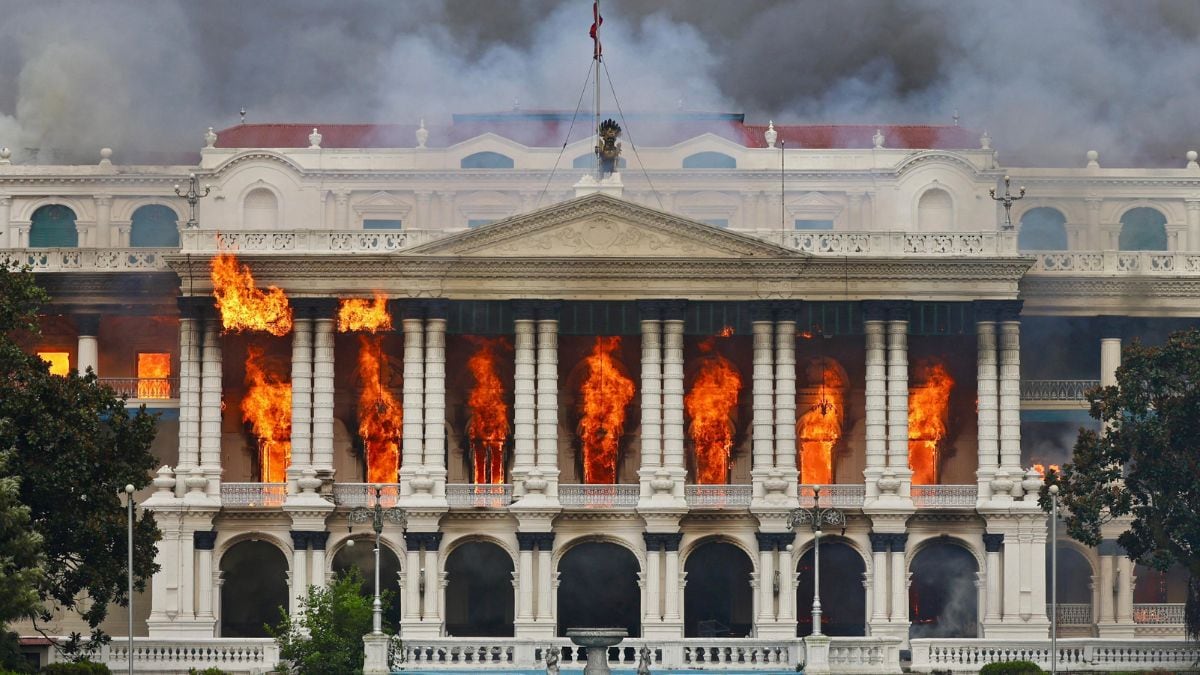The world today is in the grip of an existential crisis in more ways than one. The future of the Blue Planet has never before been clouded with more ominous portents. Yet some of its oldest inhabitants and indigenous peoples perhaps have been the best guardians of its natural resources, and a new report only confirms this. It is the indigenous peoples who have “long stewarded and protected the world’s forests, a crucial bulwark against climate change.” The report ‘Cornered by Protected Areas’ by Victoria Tauli-Corpuz, Janis Alcorn and Augusta Molnar, and the Rights and Resources Initiative, released on 27 June in Oslo, said the rate of tree cover loss is less than half in community and indigenous lands, as compared to elsewhere. Where community rights to own their lands are legally recognised, the difference is even greater. Worldwide, community lands hold at least a quarter of above-ground tropical forest carbon—equal to four times the global greenhouse gas emissions for 2014—and likely much more. Yet in countries like India, attempts to gain community forest rights are met with red tape. In forests in Karnataka and elsewhere, local communities face relocation as their traditional lands are taken away to conserve tiger habitats. The report said up to 2.5 billion people worldwide depend on community-held lands and resources for their livelihoods and culture, including 370 million indigenous peoples belonging to over 5,000 cultural groups. Although they comprise only 5 percent of the global population, they represent 15 percent of the world’s poor, sometimes living in alarmingly impoverished conditions. [caption id=“attachment_4647881” align=“alignnone” width=“825”]  Representational image. Reuters[/caption] While the Forest Rights Act (FRA) in India is being accused of aiding encroachment and deforestation, and adivasis are being driven out of core tiger habitats, research presented in the report shows that indigenous peoples and local communities are investing substantially in conserving their forests — up to $1.71 billion in the developing world. And what is more they are achieving equal conservation results with a fraction of the budget of protected areas. Spending on conservation varies between countries, and the report notes that India’s 50 tiger reserves receive 70 percent of the national government’s protected-area budget, and the remaining 567 protected areas receive only 30 percent. In Peru, around 64 percent of all funding from domestic and international sources in 2009–2015 was invested in 14 percent of protected areas. Seven of the country’s protected areas received no funding at all, and 29 were significantly underfunded. It is not only the aspects of funding but also of the increasing alienation of forest and indigenous peoples from their land to create more and more protected areas. Tauli-Corpuz, who is the UN Special Rapporteur on the Rights of Indigenous Peoples and faces threats from the Philippine government, is concerned about the rising number of attacks on land rights and environmental defenders. Along with growing threats to the planet, she said there is growing violence against the people who defend it. Last year, Global Witness documented 197 murders of land rights and environmental defenders, and increasingly, around 40 percent of these deaths are indigenous peoples. The report, which examines case studies from different parts of the world including India, points out that while indigenous peoples and local communities customarily own more than 50 percent of the world’s land, they only have secure legal rights to ten percent. The research comes at a time when, as Tauli-Cortez in a letter of appeal related to the report has said, the loss of tropical forests was at an all-time high. It highlights the critical role played by forest dwellers and indigenous communities in conservation, without huge investment, the grave threats to the life of people who are defending their lands, and the need for more people-oriented conservation efforts instead of keeping them out to create protected areas in the name of conservation. It calls for rights-based approaches to replace the more conservative “fortress’ conservation” which can help bring justice for indigenous people and local communities, reduce conflict, and enable cost-effective conservation and climate action. While on the one hand protecting more and more areas in the name of conservation is one way of ensuring the loss of biodiversity, people who live in and around forest areas are at the risk of losing their livelihoods and resources. More serious is the risk to the lives of local communities globally as the report said the overlap between protected areas and the lands of indigenous peoples and local communities is estimated at 50-80 percent, creating a near-constant state of confrontation and ongoing potential for conflict and violence. Tauli-Corpuz is faced with mounting allegations of large-scale violations of the rights of indigenous peoples in the context of conservation measures, including forced evictions from protected areas (further aggravating the risk of marginalisation, poverty, food insecurity, and loss of livelihoods), extrajudicial killings, disrupted links with spiritual sites, and denial of access to justice and remedy, the report said. With regard to India, the report pointed out that when the Biligiri Rangaswamy Temple Wildlife Sanctuary (BRT) was declared in 1974, the Soliga indigenous communities living inside the sanctuary were forcibly relocated and banned from traditional practices. However, in 2008 they filed claims to land under the FRA and 42 of the 62 Soliga villages received community forest rights in the BRT. In January 2011, the BRT was designated as a tiger reserve and 340 sq kilometres in the sanctuary’s core zone was declared as critical tiger habitat, and the communities living there faced relocation. Though the Soligas prepared a community-based conservation plan, they have little government support. The report quotes National Geographic which estimated that 200,000 people in India have been evicted for conservation in the past few decades. Government authorities destroyed almost 8,000 homes and forcefully evicted nearly 40,000 people in the name of conservation in 2017 — an average of more than 20 homes destroyed and 109 people evicted per day. It has called for a change in the policy which keeps people out of conservation efforts and calls on world leaders to recognise the efforts of such communities in this direction. It has recommended among other things, an independent, transparent, global conservation monitoring and grievance mechanism to address infringements of human rights in the context of conservation efforts, to be anchored in an institution with a legal mandate to enforce compliance, and the creation of national accountability and reparation mechanisms for conservation measures.
Indigenous peoples perhaps have been the best guardians of the Earth’s natural resources, but they are increasingly being deprived of land
Advertisement
End of Article


)

)
)
)
)
)
)
)
)



